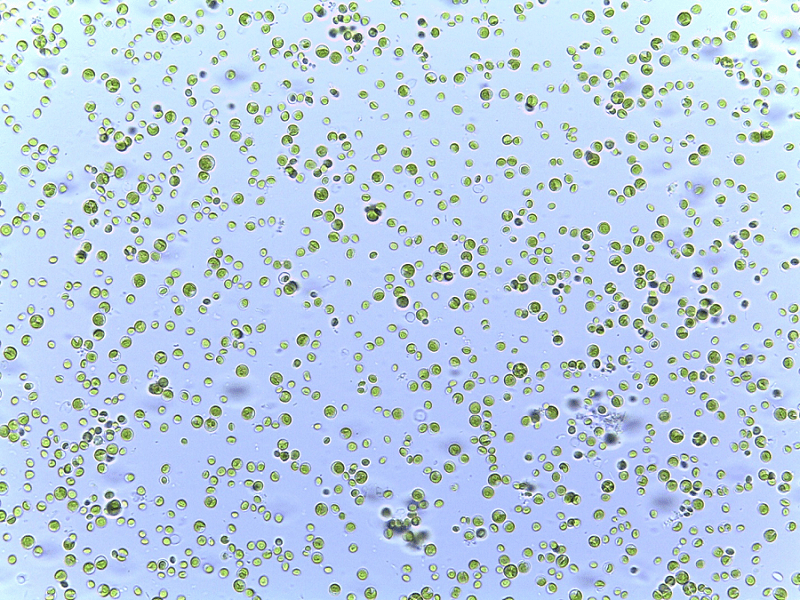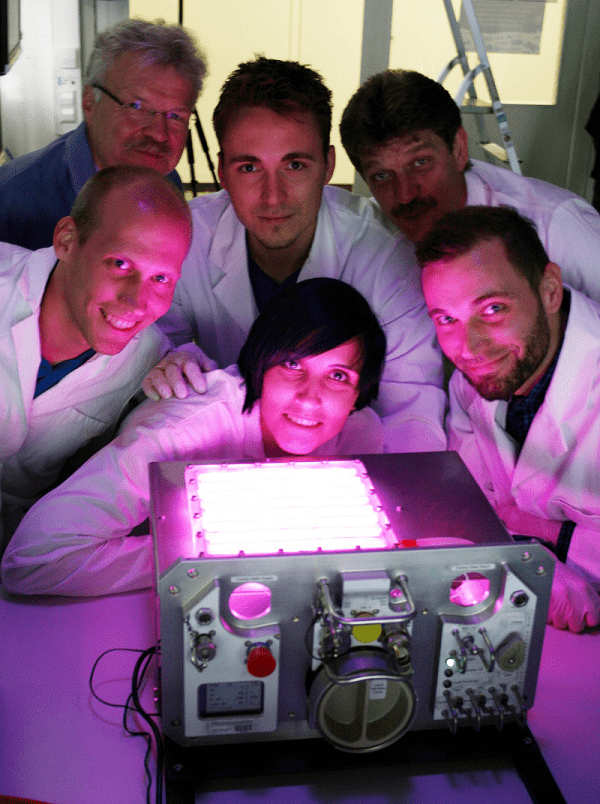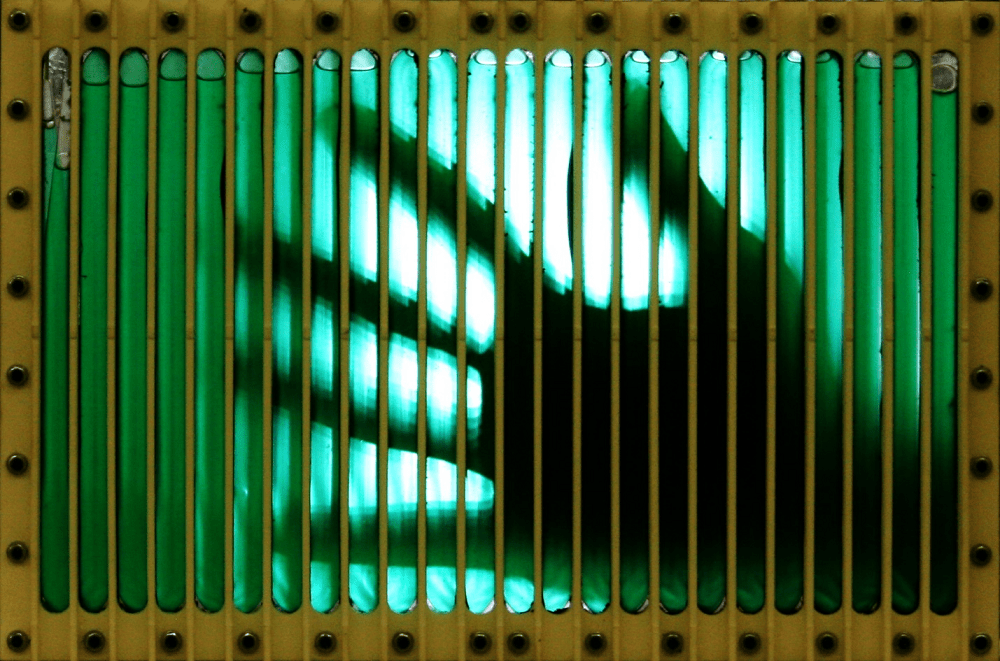When planning for long-duration crewed missions, one of the most important things is to make sure that the crews have enough of the bare essentials to last. This is no easytask,since a crewed spacecraft will be a crew's entire world for months on end. That means that a sufficient amount of food, water and oxygen will need to be brought along.
According to a new investigation being conducted aboard the International Space Station, a possible solution could lie with a hybrid life support system (LSS). In such a system, which could be used aboard spacecraft and space stations in the near future, microalgae would be used to clean the air and water, and possibly even manufacture food for the crew.
Researchers at the University of Stuttgart's Institute of Space Systems began researching possible space applications for microalgae back in 2008. By 2014, in conjunction with the German Aerospace Center (DLR) and private aerospace company Airbus, they started to develop a Photobioreactor (PBR) that used the microalgae *Chlorella vulgaris* as its biological component.
Thismicroalgaehas a photosynthetic efficiency up to ten times greater than that of more complex plants. When employed in space as part of an LSS, these tiny algae could remove concentrated carbon dioxide from the cabin atmosphere and produce oxygen through photosynthesis and maybe even manufacture food for the astronauts. As Gisela Detrell (one of the co-investigators) explained in a NASA press release:
While the algae's resilience to space conditions has been widely demonstrated with small-scale cell cultures grown on Earth, this investigation will be the first real test in space. To do this, astronauts aboard the ISS will turn the system hardware on and let the microalgae grow for 180 days.
This will give investigators aboard the ISS enough time to evaluate how the Photobioreactor performs in space, particularly how well the algae will grow and process carbon dioxide. Meanwhile, researchers will analyze samples grown on Earth for comparison so they can gauge the effects of microgravity and space radiation on the microalgae.
The University of Stuttgart team is confident in their Photobioreactor, thanks in large part to the fact that it relies on one of the most studied and characterized species of algae in the world. Beyond its applications for wastewater treatment and biofuels, Chlorella is also used in animal feed, aquaculture, nutritional supplements, and as a bio-fertilizer.
Hence why the science team and NASA are eying it as a potential food source for astronauts. As Harald Helisch, a biotechnologist at the Institute of Space Systems and a co-investigator on theproject, said:
In this respect, a Photobioreactor could function as a manufacturer of nutritional supplements. In much the same way that people add dried kelp to their food for the added nutrition, dried flakes of Chlorella could be added to astronauts' meals to fortify them. At the same time, the algae growing cultures will filter the ship's water and air to help sustain the crew.
Above all, the long-term goal of this research is to facilitate long-duration space missions. Whether it is crewed missions to the lunar surface, crewed missions to Mars, or to other distant locations in the Solar System, the biggest challenges involve finding ways to reduce the total mass of space systems (in order to cut costs) and dependence on resupply missions. Johannes Martin, one of the co-investigators, put it like this:
Looking to the future, it is clear that solutions for living off-world are likely to involve both mechanical and biological systems. By merging the organic and synthetic, we stand a better chance of creating systems that can ensure sustainability and self-sufficiency in the long term.
*Further Reading: NASA*
 Universe Today
Universe Today



